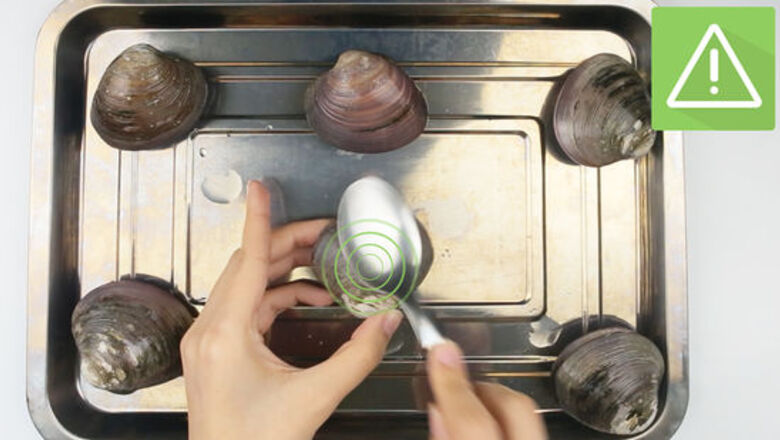
views
Removing Bad Clams

Tap any clams that have open shells. You can use a countertop, spoon, or your finger to lightly tap the shell. Throw out any clams that do not close when tapped. This indicates they are dead and unsuitable for eating.
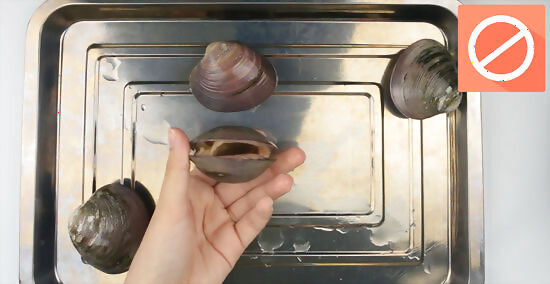
Throw away clams that are cracked, broken, or otherwise damaged. Damaged shells can allow bacteria to enter, making the clam unsafe to eat. This is also an indication that the clam may be dead.
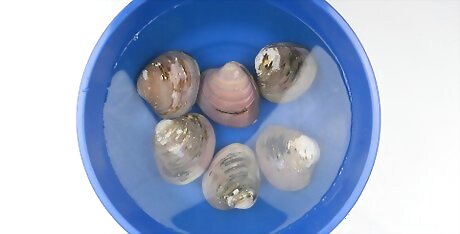
Place the clams in a bowl of water. Remove any clams that float. Floating is a sign that the clam is dead. Toxins from dead clams can be transferred from the clam to you, even after cooking.
Soaking the Clams
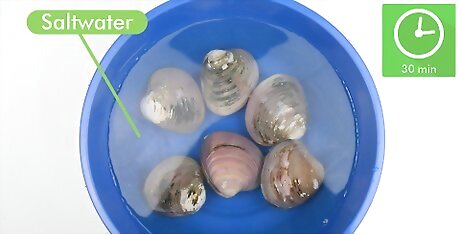
Submerge the clams in a bowl of water. You can use saltwater or freshwater. Soaking methods differ depending on which type of water you choose. Saltwater is often considered to be the more effective method as it mimics the clams’ natural habitat for cleaning. To soak the clams in saltwater, mix 1/3-cup salt (100 grams) with 1 gallon (3.8 liters) of water. Soak the clams for 30 minutes. Take the clams out by hand. Make another bowl of the saltwater mixture and soak the clams again. This process should be repeated 1-2 more times. For freshwater, submerge the clams in a bowl of cool water. It is fine to use tap water. Let the clams soak for 20 minutes to an hour. The clams will purge any salt, sand, or other grit naturally during this time.
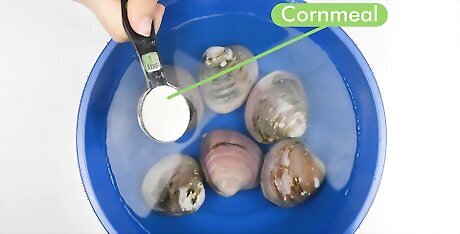
Add 2 tablespoons of cornmeal to the soaking water. This may help clean the grit from the clams while they are soaking. The cornmeal may alter the taste of the clams by making them slightly sweeter.

Remove the clams from the water with your hands. The debris from the clams will be at the bottom of the bowl, so do not use a strainer. Lifting them out by hand will prevent recontamination of the clams.
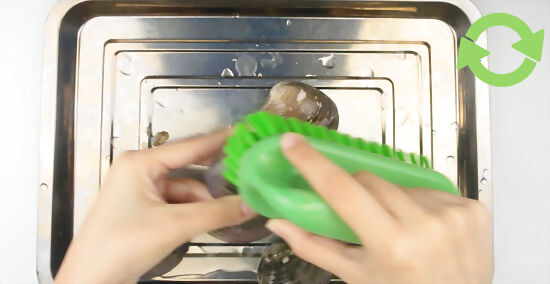
Scrub the clams with a sturdy brush. Rinse the clams under running water after you have finished brushing them. This will help remove any remaining grit or debris from the outside shell.













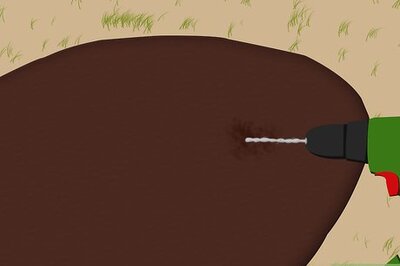

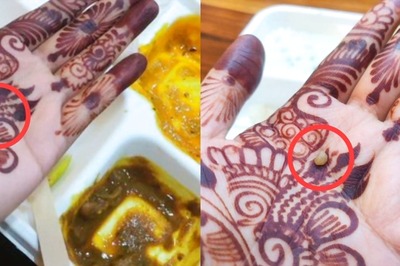



Comments
0 comment